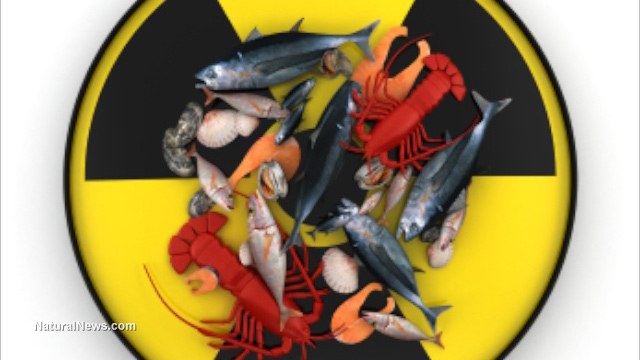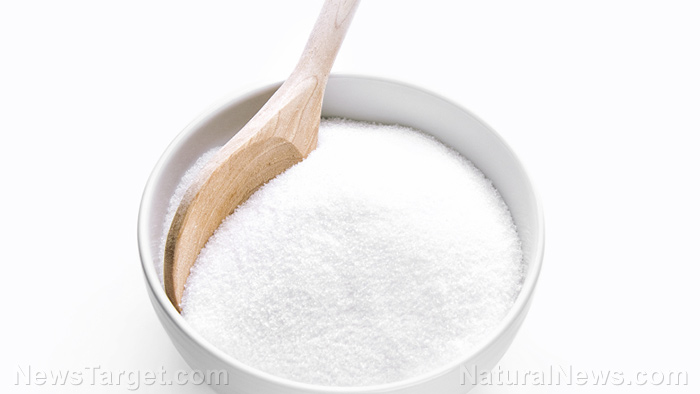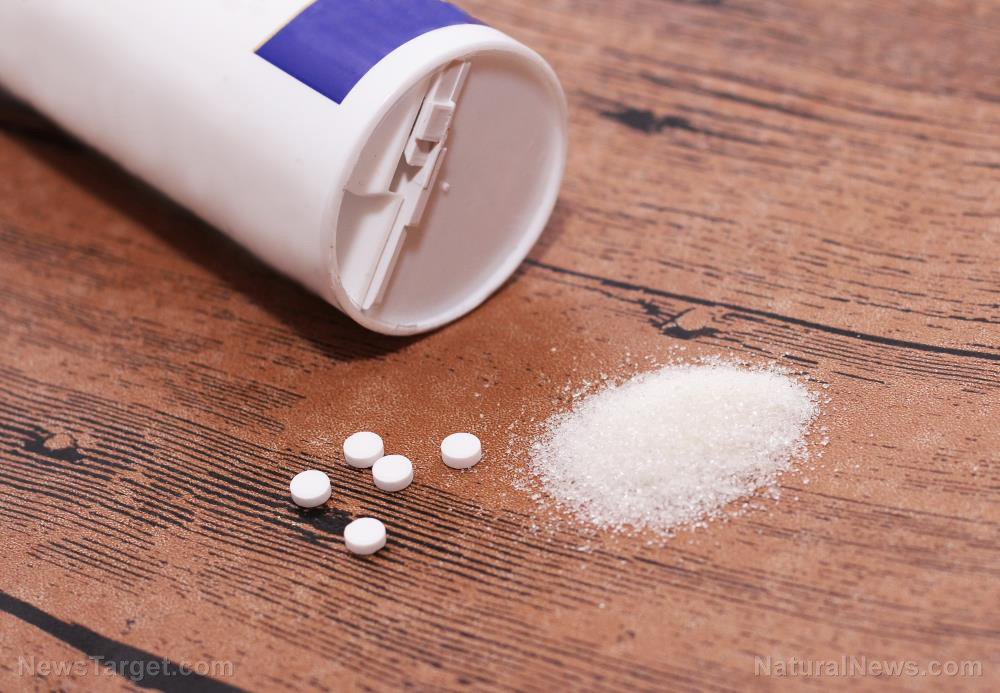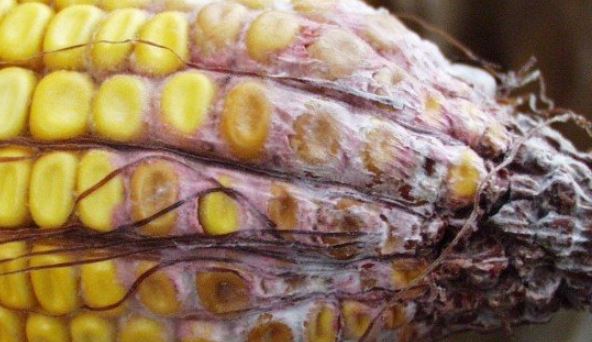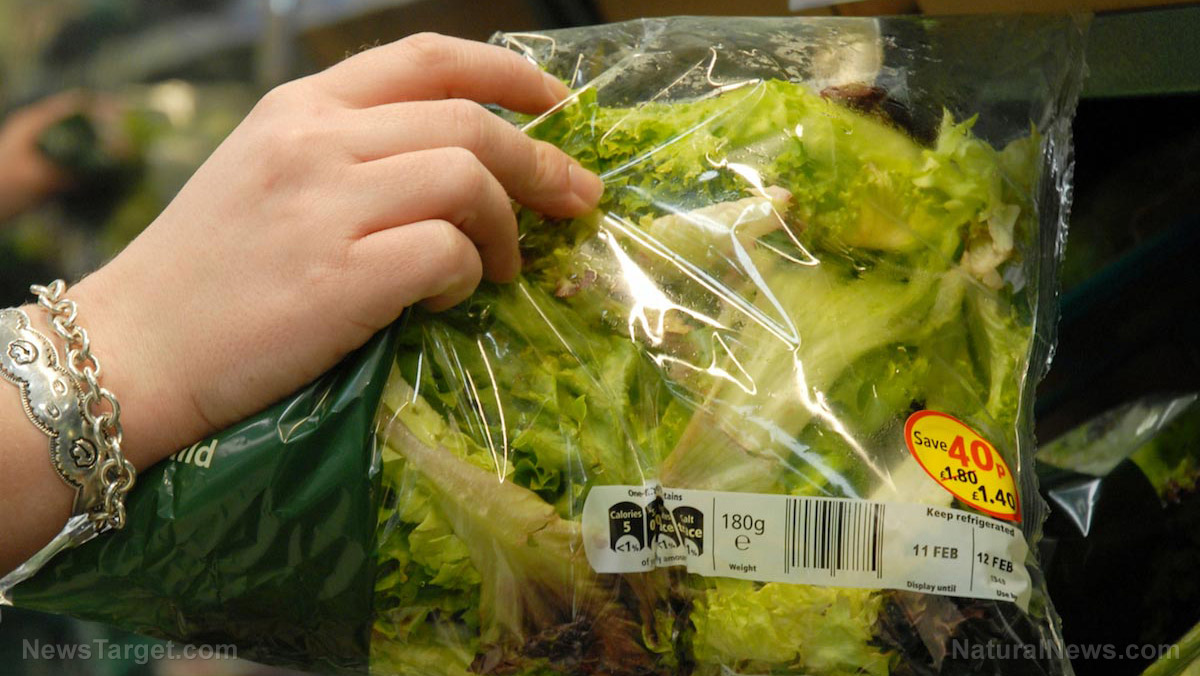Does your alcoholic beverage contain heavy metals?
06/20/2019 / By Tracey Watson

Perhaps you feel like Benjamin Franklin, who said back in the 1700s, “The discovery of a wine is of greater moment than the discovery of a constellation. The universe is too full of stars.” Perhaps you are even enjoying a glass of wine as you read this article?
For many people there is nothing quite like an ice-cold beer or a glass of wine to unwind at the end of the day or to make a special event even more spectacular. But could a hidden danger be lurking in that enjoyable alcoholic drink?
According to a recent study conducted by researchers from the U.S. Food and Drug Administration (FDA) and published in the American Chemical Society’s Journal of Agricultural and Food Chemistry, there is a real possibility that your favorite alcoholic beverage may contain heavy metals like arsenic, lead or cadmium.
The good and the bad of diatomaceous earth
That clear, beautiful red wine or golden ale isn’t that color naturally, which is why manufacturers generally filter their product before bottling it. Many use a naturally occurring soft rock known as diatomaceous earth in this process.
Diatomaceous earth is actually good stuff and can have many health benefits. What is it exactly? In a previous article Natural News explained:
Few people give much thought to lowly diatoms, single-celled marine micro-organisms that are found in abundance in large bodies of water. However, when these tiny organisms die, their skeletal remains settle to the bottom, become fossilized over time and accumulate to produce one of nature’s most beneficial and healthful substances: diatomaceous earth.
Food grade diatomaceous earth (DE) can gently, but effectively, scrub intestinal walls, cutting up any parasites present in the digestive tract. Additionally, as it passes through the digestive tract, it attracts and absorbs pathogens such as bacteria, viruses, protozoa, and fungi. It also absorbs and removes pesticides, heavy metals, and drug residues.
However, the recent study found that food grade DE used to filter alcoholic beverages can have the opposite effect: It can actually increase the levels of heavy metals like arsenic in these drinks.
Eurekalert explains:
Although some studies have reported elevated levels of the contaminants in wine and beer, researchers aren’t sure how the metals are ending up in these beverages. Benjamin Redan, Lauren Jackson and colleagues wondered if the diatomaceous earth (DE) used to filter beer and wine could be introducing heavy metals, and if so, whether altering the filtering conditions could reduce the transfer.
To find out, the team tested three types of food-grade DE and found that all of them contained arsenic, as well as smaller amounts of lead and cadmium. When used to filter beer or wine in the lab, one of the DE samples increased arsenic 3.7- to 7.9-fold compared with the unfiltered beverages, rising above the safe limit proposed by the FDA for apple juice (10 parts per billion; ppb). The amount of arsenic transferred to the drinks decreased when the beverage was exposed to less DE, the pH of the liquid was altered or the DE was washed beforehand.
When the research team measured levels of heavy metals in commercially available beer and wine samples, they found that arsenic was present, but in most samples, levels were below 10 ppb. The exception was two U.S. white wine samples, which contained 18 and 11 ug/L arsenic, respectively.
The arsenic discovered in the samples was inorganic, which unfortunately, is more toxic than organic arsenic.
The FDA is now looking into ways to reduce this potential source of heavy metal exposure, since such exposure can endanger health.
Stay current with the latest information at HeavyMetals.news.
Sources include:
Tagged Under: Alcohol, alcohol filtering process, alcoholic drinks, arsenic, beer, beer producers, cadmium, clean food, de, diatomaceous earth, discovery, food science, Lead, research, toxic ingredients, wine, wine makers
RECENT NEWS & ARTICLES
StopEatingPoison.com is a fact-based public education website published by Stop Eating Poison Features, LLC.
All content copyright © 2018 by Stop Eating Poison Features, LLC.
Contact Us with Tips or Corrections
All trademarks, registered trademarks and servicemarks mentioned on this site are the property of their respective owners.








